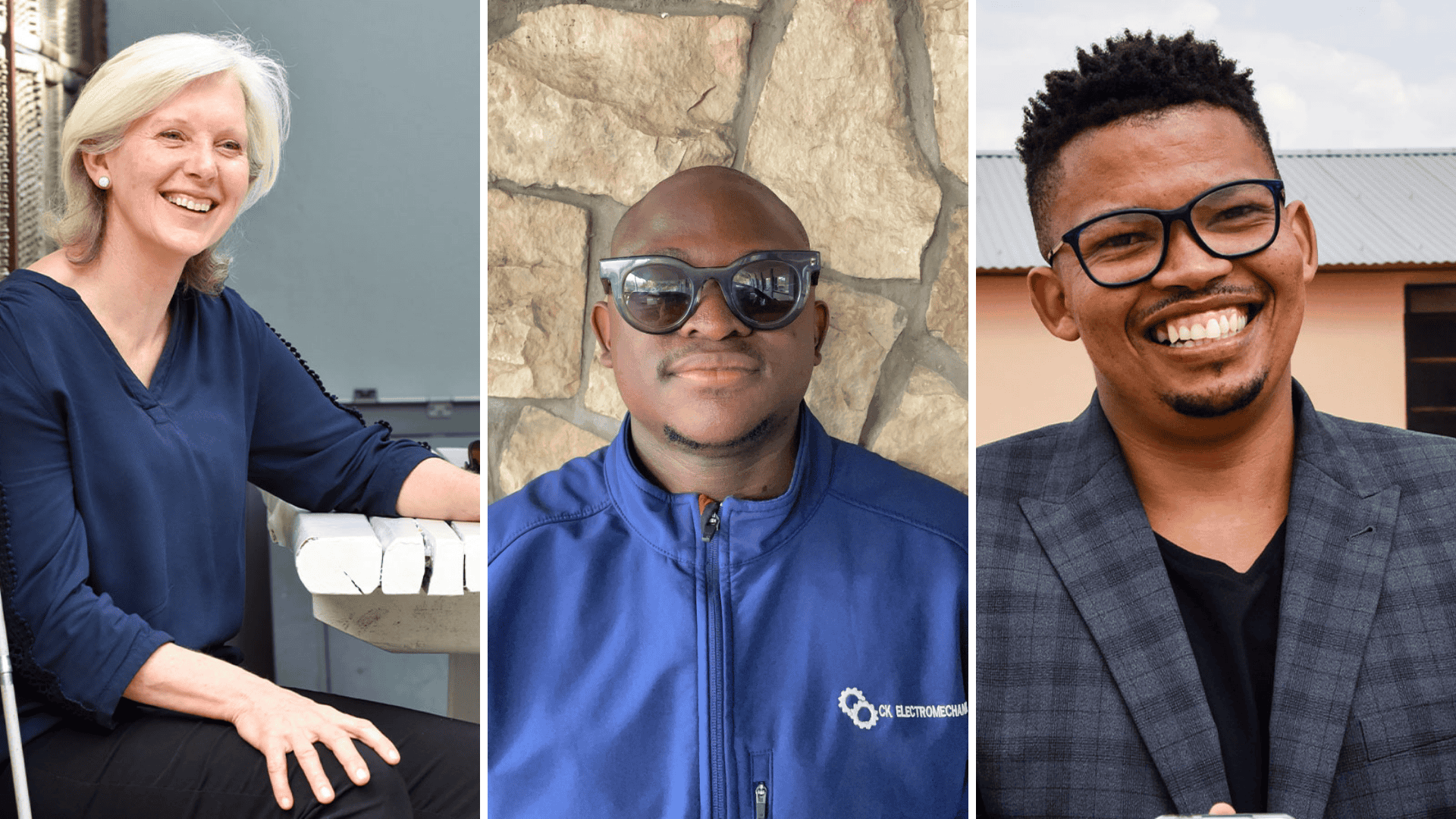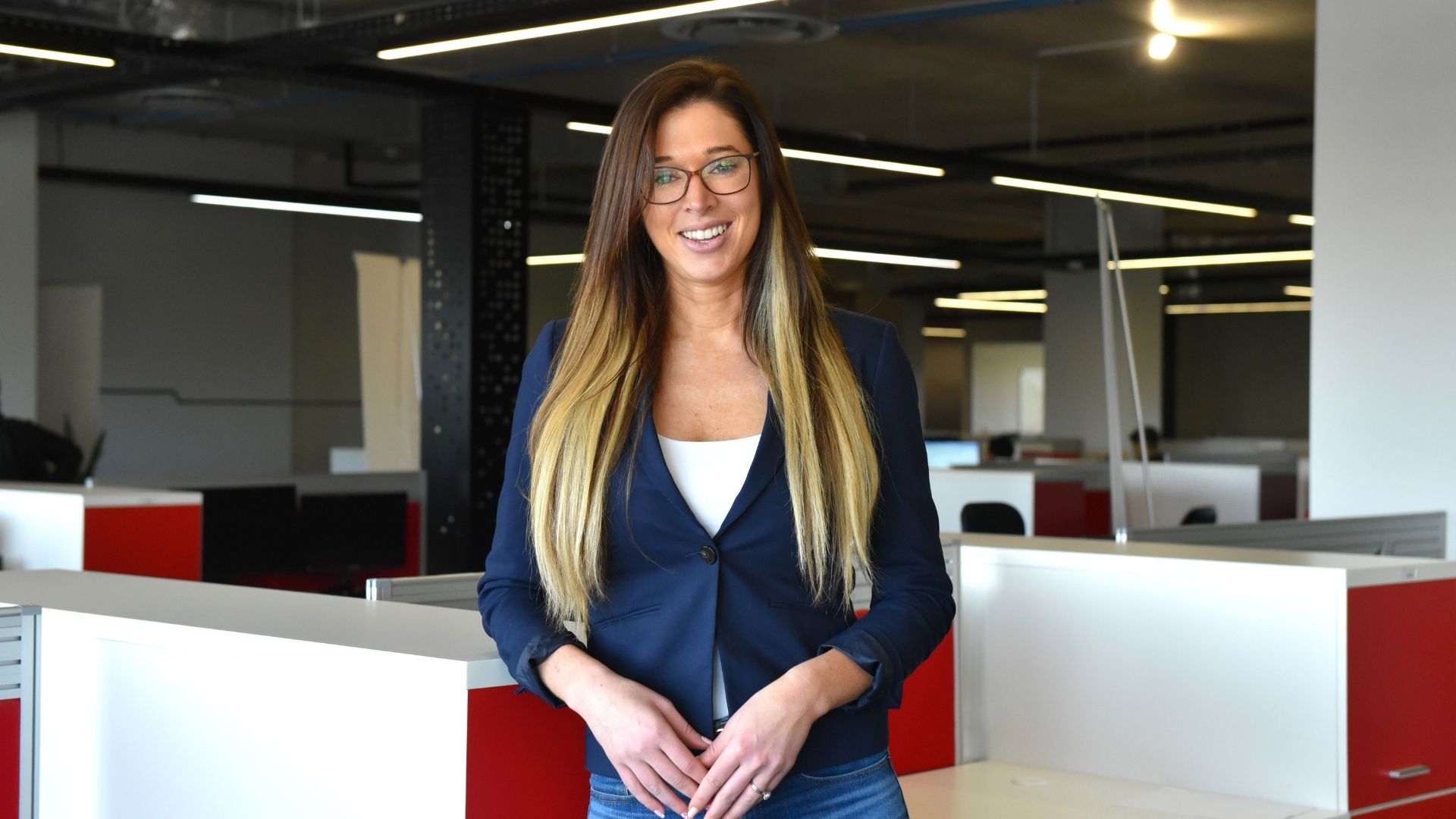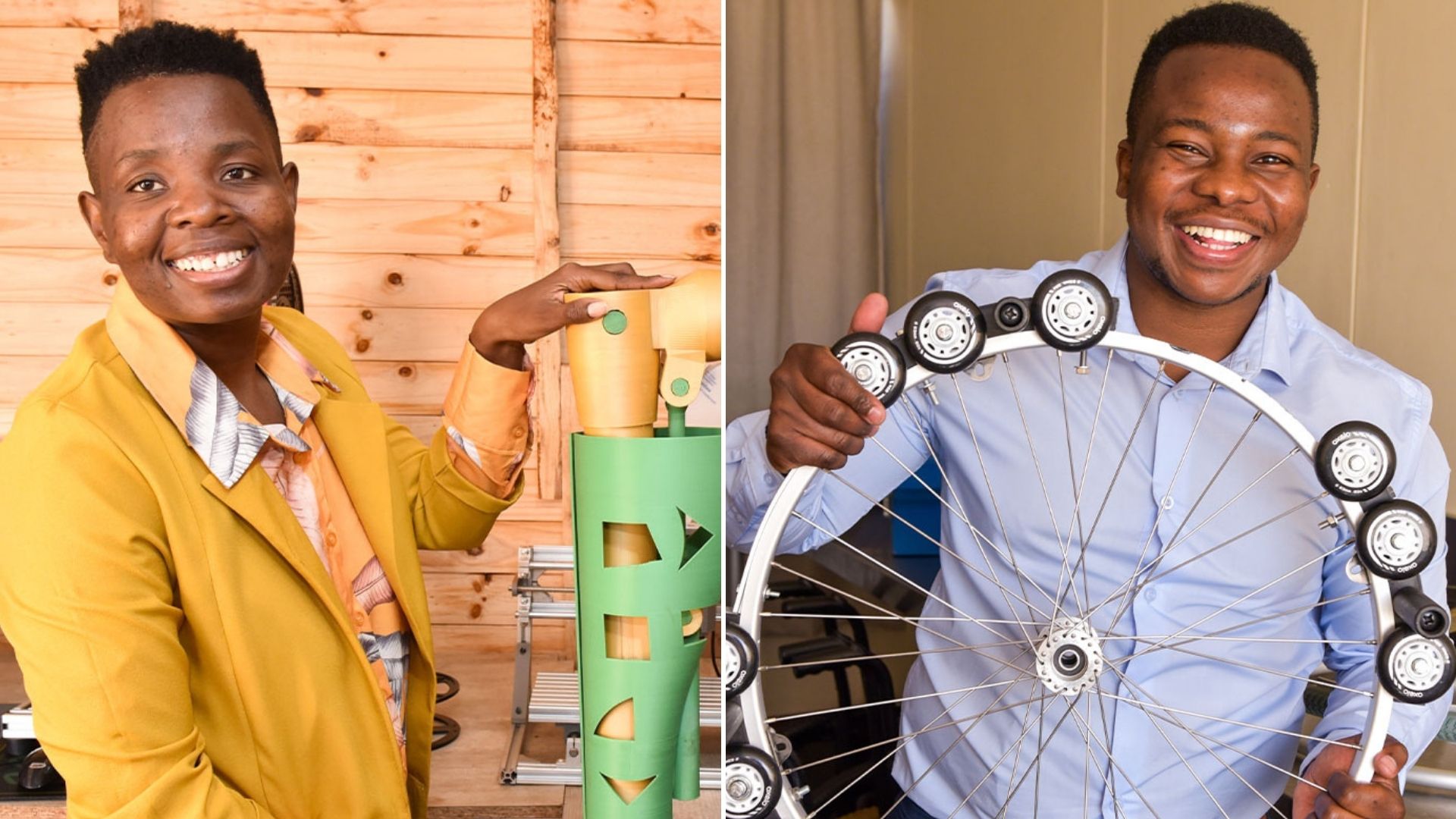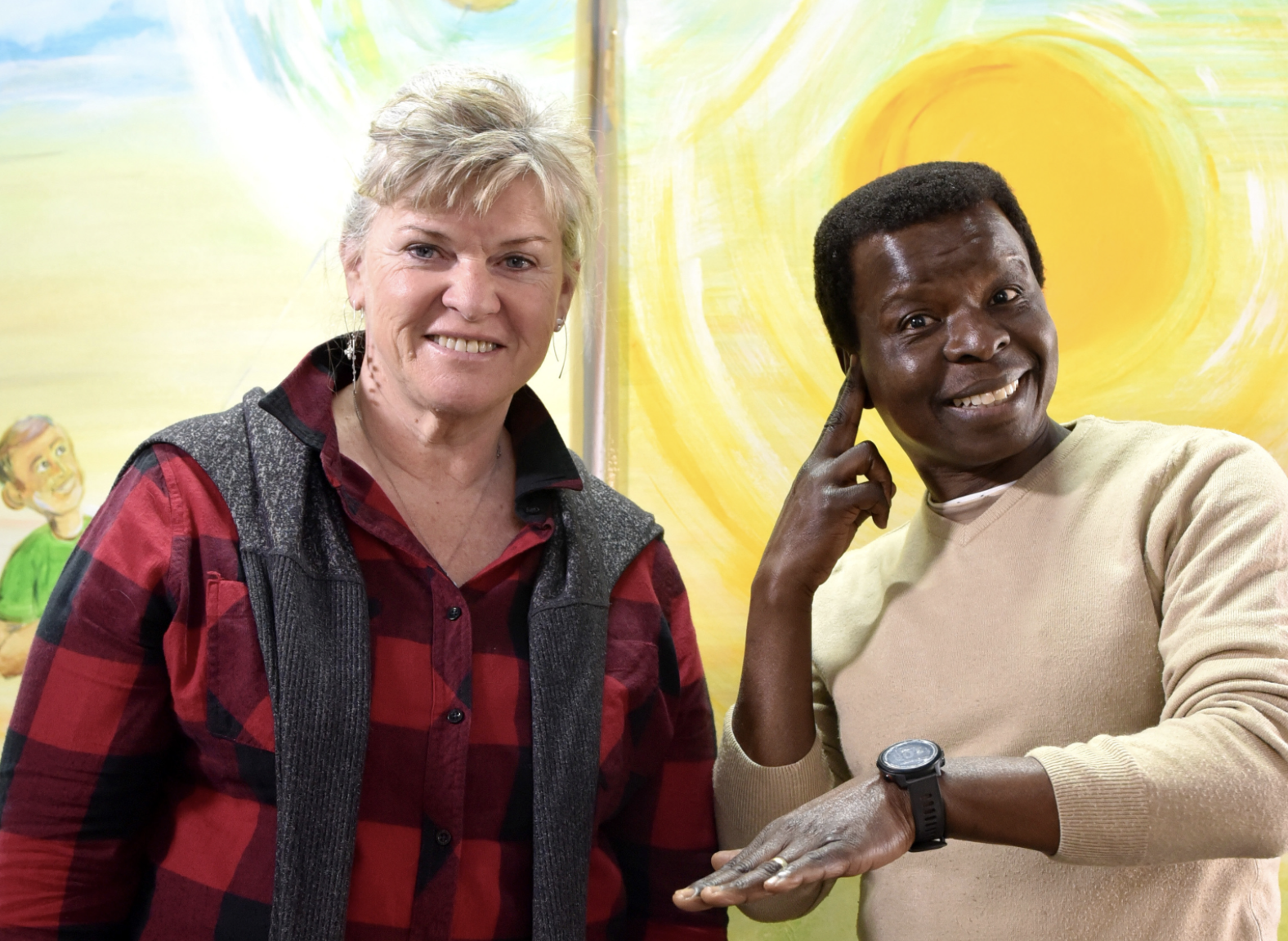
Drawing from personal experience and community needs, they are creating tools that restore independence, expand access, and reframe what inclusion can look like.
Where it all began
Jenny Webster, founder of C-UR-Able, was just nine when she was diagnosed with Stargardt’s Disease, a genetic eye condition that gradually erodes central vision. Looking back, she describes the decades that followed as both painful and unexpectedly instructive. “I switched between denial and accepting help for nearly 45 years before I fully embraced the support I needed. That’s when the excitement began,” she says.
That excitement eventually took the shape of PadPerch™, a locally manufactured device stand that turns everyday tablets into magnifiers and scanners. Jenny wants young learners to feel confident, not singled out, when using assistive tools. “I want students to use familiar technology so they don’t feel weird or left out, but instead feel like the cool solution-makers,” she explains. Her consulting work now also helps designers understand how visual choices in their products can either open or close doors for people with low vision.
Khwezi Agyapong, who is the founder of CK Electromechanics, calls his experience one of conditional clarity. With glasses, his world is in sharp focus and without them, even a smudge, cracked lense or damaged frame can jeopardise both safety and work. “For many, glasses, contacts, or other aids aren’t just about convenience,” he says. “They are essential, non-negotiable tools for participation in work and life.” His practical solution, a spray kit that cleans and protects lenses from scratches, reflects his commitment to efficiency and safety in demanding environments.
For Tieho Tsiane, the journey was less about personal diagnosis than about immersion in the lives of others. Through years of training and direct engagement, he began to see how inaccessible smartphones excluded people from work, communication, and independence. “Every individual’s needs are unique, and solutions must be adaptable,” he says. That conviction inspired KA-DAH, a device that enables touch-free smartphone navigation through computer vision and audio feedback.
Making a meaningful impact
The results of these innovations often ripple far beyond their intended scope. Tieho still remembers the day a woman in the Free State used KA-DAH to place her first independent phone call. “The joy and pride in her voice reminded me that the smallest acts of independence, things many take for granted, can transform confidence, dignity, and quality of life.”
Jenny recalls a young boy with Stargardt’s Disease whose mother had been homeschooling him by rewriting all of his workbooks in large print. With a tablet and a PadPerch, he returned to mainstream school, freeing his mother to go back to work. “Empowering one person with low vision can empower a whole family,” says Jenny.
And Khwezi, who specialises in installing, repairing, and maintaining electromechanical and electrical equipment, sees parallels. Installing a solar system for an elderly dialysis patient during South Africa’s power cuts, served as a reminder that his trade was never just about wiring. “Doing this work is such a blessing. We don’t just solve problems. We make society function.”
Lessons for the next wave of changemakers
When asked what advice they would give to others hoping to build disability-focused businesses, their responses carried the weight of lived experience. Tieho encourages entrepreneurs to begin with listening; he says, “Build with people, not just for them.” Jenny frames inclusion as both an inclusive and commercial imperative. “16% of the world’s population lives with a disability,” she says. “Designing for them improves the experience for everyone.”
As World Sight Day is observed on 9 October 2025, these journeys highlight how inclusive design represents innovation at its best, shaping lives every day. To learn more about members of our community and the impact they’re making, visit our website.




